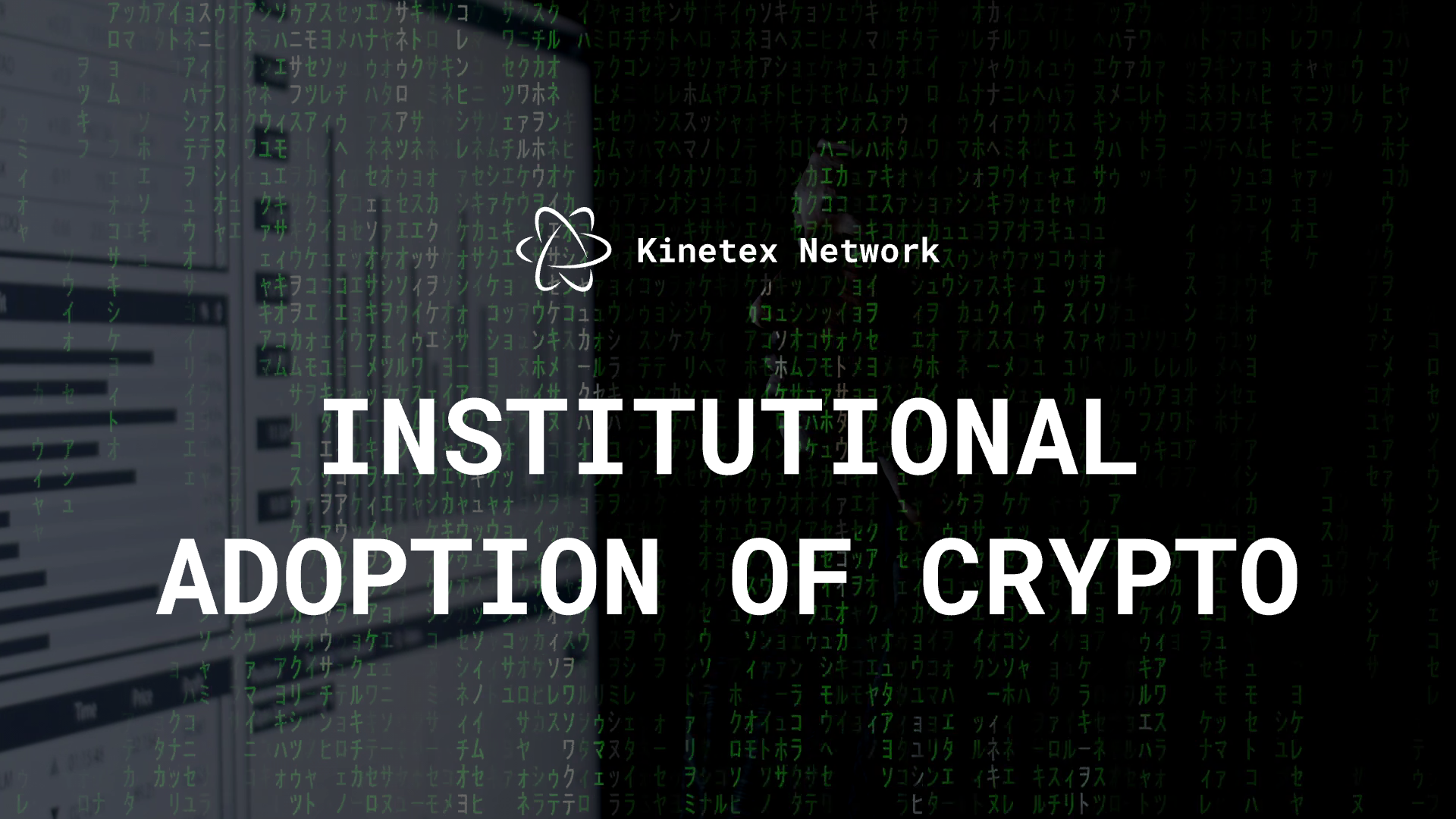Dubai, UAE, 9th August 2024, With crypto’s popularity and the DeFi industry’s continued rise, institutional investors and authorities are increasingly interested in the potential of these assets and technologies that back the sector up. Some prominent institutions are already developing crypto-based solutions or products, while others are more timid and still examining possible implementations. Let’s explore some of the aspects of the institutional adoption of crypto.

Crypto Custodians
One of the leading challenges of crypto is its secure storage. When working with crypto on an institutional level, it is essential to manage all funds safely, which requires sturdy infrastructure and adequate security measures. Even one mishandling of crypto funds may significantly hinder crypto adoption. Therefore, so-called crypto custodians, specialized financial institutions that provide secure storage and administration of cryptocurrencies and other digital assets, are critical.
The regulatory aspect is also crucial. As regulations around the crypto industry are perplexing and change often, institutional investors will benefit from custodians who comply with laws and monitor any changes in a timely manner. In doing so, they make crypto more accessible and safe, prevent misunderstandings regarding regulations, and thus provide a transparent experience.
Lastly, crypto custodians’ services help promote crypto by offering easy-to-use platforms with extra helpful features like real-time reporting, transaction histories, and portfolio analysis. Furthermore, more and more crypto custodians are starting to support a broader selection of cryptocurrencies and other digital assets, encouraging institutions to diversify their investments across a range of assets.
CBDCs
Due to crypto’s decentralized nature, the current financial regulatory framework faces significant challenges when integrating them. This issue has led many institutions to consider central bank digital currencies (CBDCs) as a potential solution. CBDCs are digital currencies issued by central banks and operate similarly to physical cash but in digital form.
One key advantage of CBDCs is the confidence associated with central bank backing. It makes CBDCs a solid entry point for organizations looking to venture into the world of digital currencies. By gaining an understanding of how digital assets operate through CBDCs, users may become more open to exploring the broader digital landscape, including, of course, cryptocurrencies.
ETFs
Another prominent development that comes to mind when talking about institutional adoption of crypto is exchange-traded funds (ETFs). They allow people to invest in crypto without having to understand all the technologies behind it and learn how to buy, store, and manage crypto assets themselves. Such a level of accessibility has been highly appealing to institutional investors looking for new investment opportunities but not wanting to immerse themselves fully in the volatile crypto markets just yet.
Apart from confirming cryptocurrencies as a valid asset class and attracting increased interest from those previously hesitant to invest directly in digital currencies, ETFs have contributed to market stability and liquidity. They help consolidate demand and offer a more stable pricing mechanism compared to the direct crypto markets. By allowing investors to trade ETF shares rather than the underlying assets, these funds can help mitigate some price fluctuations associated with individual cryptocurrencies.
Furthermore, the introduction of ETFs can boost market liquidity by drawing a more significant number of participants to engage in the crypto market. This increased liquidity is essential for the development of the crypto ecosystem as it encourages a more steady and effective market, thereby making it more appealing to a broader spectrum of investors. With the availability of a wider variety of ETFs, a further expansion of the scope and attraction of crypto investments is naturally expected, thereby aiding the continued assimilation of digital assets into the global financial system.
Conclusion
As the cryptocurrency market grows, there is expected to be more engagement between this market and the traditional financial world, particularly with institutions. By adopting a progressive mindset, investors and regulatory bodies can not only get ready for possible advancements in the market but also influence those advancements by collaborating with the crypto community to uncover the complete potential of cryptocurrency assets and related technologies.
Kinetex Network: Website | Kinetex dApp | Blog
Information contained on this page is provided by an independent third-party content provider. Binary News Network and this Site make no warranties or representations in connection therewith. If you are affiliated with this page and would like it removed please contact [email protected]

